Phacographa protoparmeliae Hafellner
Bibl. Lichenol., 100: 106, 2009.
Synonyms:
Distribution: N - Frl (Hafellner 2009, Brackel 2016).
Description: Thallus not evident, not lichenized, parasitic on the thalli of Protoparmelia badia. Apothecia arranged in dense groups of 3-10 or dispersed, the individual apothecia semi-immersed only at the beginning, later more or less sessile, with a widely exposed, rough, dark brown disc and an often delicately fissured, black margin. Proper exciple 40-60 μm wide, dark brown, basally fusing with a 70-100 μm high, dark brown hypothecium; epithecium medium brown, granular, K-; hymenium colourless, 70-80 μm high including the epithecium, the hymenial gel hemiamyloid; paraphysoids branched and anastomosing, 2-3 μm thick at mid-level, the apical cells 4-6 μm wide; subhymenium 20-40 μm high. Asci (4-)8-spored, broadly cylindrical to subclavate, the wall I- and K/I-, with a hemiamyloid apical ring. Ascospores 3-septate, hyaline but turning brownish when overmature, 18-21(-23) x 6-7 μm, with a distinct perispore, the old ones with a brownish verruculose ornamentation. Pycnidia brownish black, matt, with a rough surface, 0.2-0.5 mm across, at first subglobose and immersed, later breaking through the host thallus and emergent, rounded to sublobate, the ostiole elongated, the margin deeply fissured. Pycnidial wall dark brown, 15-25 μm thick, well-delimited from the host tissue, of rounded to elongated 3-5 μm wide cells, with a dark brown pigment deposited along the walls. Conidiophores absent. Conidiogenous cells phialidic, lining the inner wall of the pycnidial cavity, hyaline, subcylindrical to elongate-ampulliform, tapering towards the apex. Conidia acrogenous, arising singly, simple, bacilliform to long bacilliform with rounded ends, 6-10 x 1.2-2) μm. Photobiont absent. Spot tests: all negative. Chemistry: without lichen substances.Note: a lichenicolous fungus on saxicolous species of Protoparmelia, especially P. badia. The record from Friuli of Opegrapha glaucomaria by Tretiach & Hafellner (2000) refers to this species (Hafellner 2009).
Growth form: Lichenicolous fungus
Substrata: rocks
Reproductive strategy: mainly sexual
paras Protoparmelia spp.
Commonnes-rarity: (info)
Alpine belt: very rare
Subalpine belt: very rare
Oromediterranean belt: absent
Montane belt: very rare
Submediterranean belt: absent
Padanian area: absent
Humid submediterranean belt: absent
Humid mediterranean belt: absent
Dry mediterranean belt: absent

Predictive model

Source: Frisch, A., Klepsland, J., Palice, Z., Bendiksby, M., Tønsberg, T. & Holien, H. 2020. New and noteworthy lichens and lichenicolous fungi from Norway. Graphis Scripta 32 (1): 1–47. Oslo. ISSN 2002-4495. - CC BY-4.0
Phacographa protoparmeliae (TRH-L-28789). Scale = 1 mm. Photo: A. Frisch.
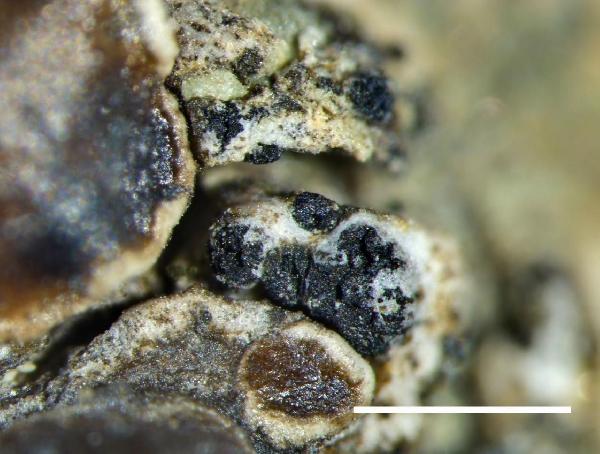
Source: Frisch, A., Holien, H., Klepsland, J.T., Suija, A. & Bendiksby, M. 2022. New data on lichenicolous fungi in Norway. Graphis Scripta 34 (7): 59–133. Oslo. ISSN 2002-4495. - CC BY-4.0
Phacographa protoparmeliae (on Protoparmelia badia). TRH-L-24864. Pycnidia. Scale = 2 mm.
Photo: A. Frisch
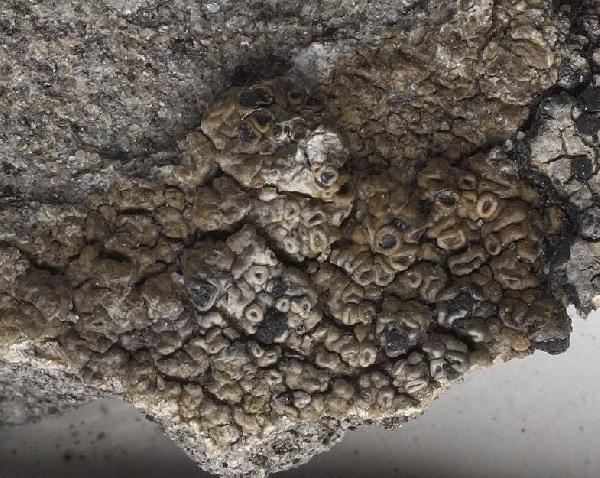
Modified from the original at: https://gzu.jacq.org/GZU000292670
GZU 000292670 - J. Hafellner - 2006-08-15 - Österreich, Steiermark: Steirisches Randgebirge, Stubalpe, Größenberg S von Zeltweg, NW-Rücken gegen Eppenstein, etwa halbwegs zwischen Wetterkopf und dem Gipfel ; Alt. 2020 m
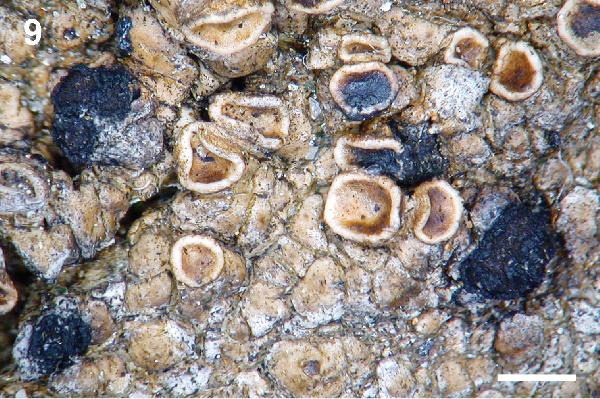
Source: Westberg M, Timdal E, Asplund J, Bendiksby M, Haugan R, Jonsson F, Larsson P, Odelvik G, Wedin M, Millanes AM (2015) New records of lichenized and lichenicolous fungi in Scandinavia. MycoKeys 11: 33-61. - CC BY-4.0
NORWAY. Røros, Klasberget, old copper mine NE of farm Svensvollen, 62°39.25'N, 11°34.06'E. 16 June 2012, Westberg 12-052 (S F265200).
Scale: 1 mm
Growth form: Lichenicolous fungus
Substrata: rocks
Reproductive strategy: mainly sexual
paras Protoparmelia spp.
Commonnes-rarity: (info)
Alpine belt: very rare
Subalpine belt: very rare
Oromediterranean belt: absent
Montane belt: very rare
Submediterranean belt: absent
Padanian area: absent
Humid submediterranean belt: absent
Humid mediterranean belt: absent
Dry mediterranean belt: absent

Predictive model

Source: Frisch, A., Klepsland, J., Palice, Z., Bendiksby, M., Tønsberg, T. & Holien, H. 2020. New and noteworthy lichens and lichenicolous fungi from Norway. Graphis Scripta 32 (1): 1–47. Oslo. ISSN 2002-4495. - CC BY-4.0
Phacographa protoparmeliae (TRH-L-28789). Scale = 1 mm. Photo: A. Frisch.

Source: Frisch, A., Holien, H., Klepsland, J.T., Suija, A. & Bendiksby, M. 2022. New data on lichenicolous fungi in Norway. Graphis Scripta 34 (7): 59–133. Oslo. ISSN 2002-4495. - CC BY-4.0
Phacographa protoparmeliae (on Protoparmelia badia). TRH-L-24864. Pycnidia. Scale = 2 mm. Photo: A. Frisch

Modified from the original at: https://gzu.jacq.org/GZU000292670
GZU 000292670 - J. Hafellner - 2006-08-15 - Österreich, Steiermark: Steirisches Randgebirge, Stubalpe, Größenberg S von Zeltweg, NW-Rücken gegen Eppenstein, etwa halbwegs zwischen Wetterkopf und dem Gipfel ; Alt. 2020 m

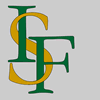 INDEX FUNGORUM
INDEX FUNGORUM
 GBIF
GBIF
 DOLICHENS
DOLICHENS

